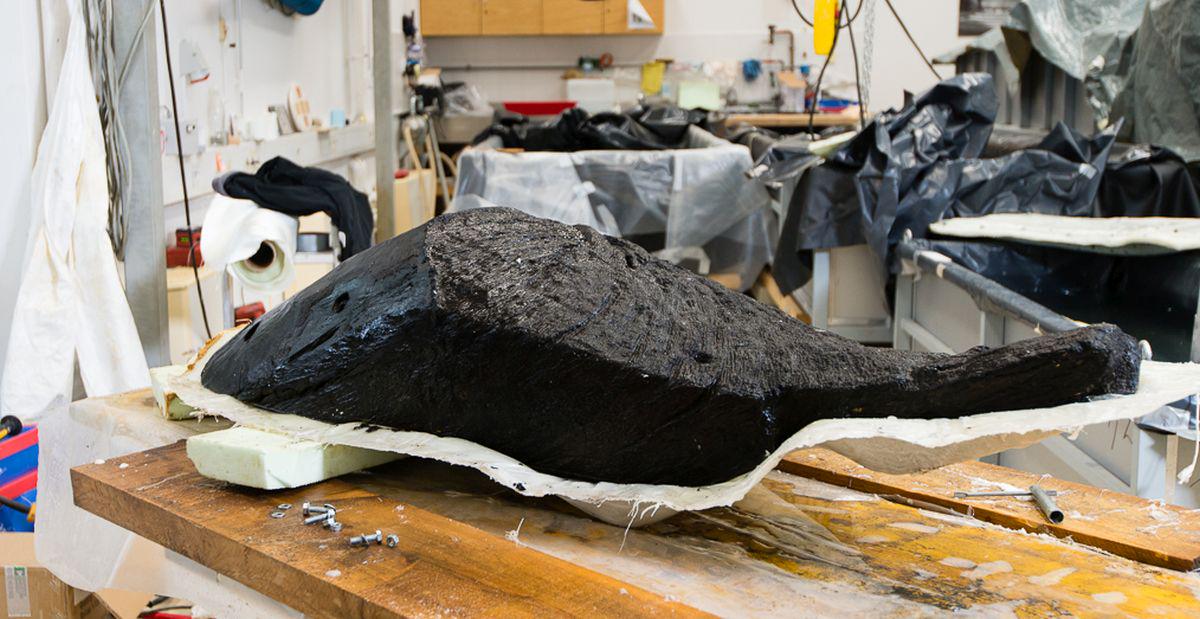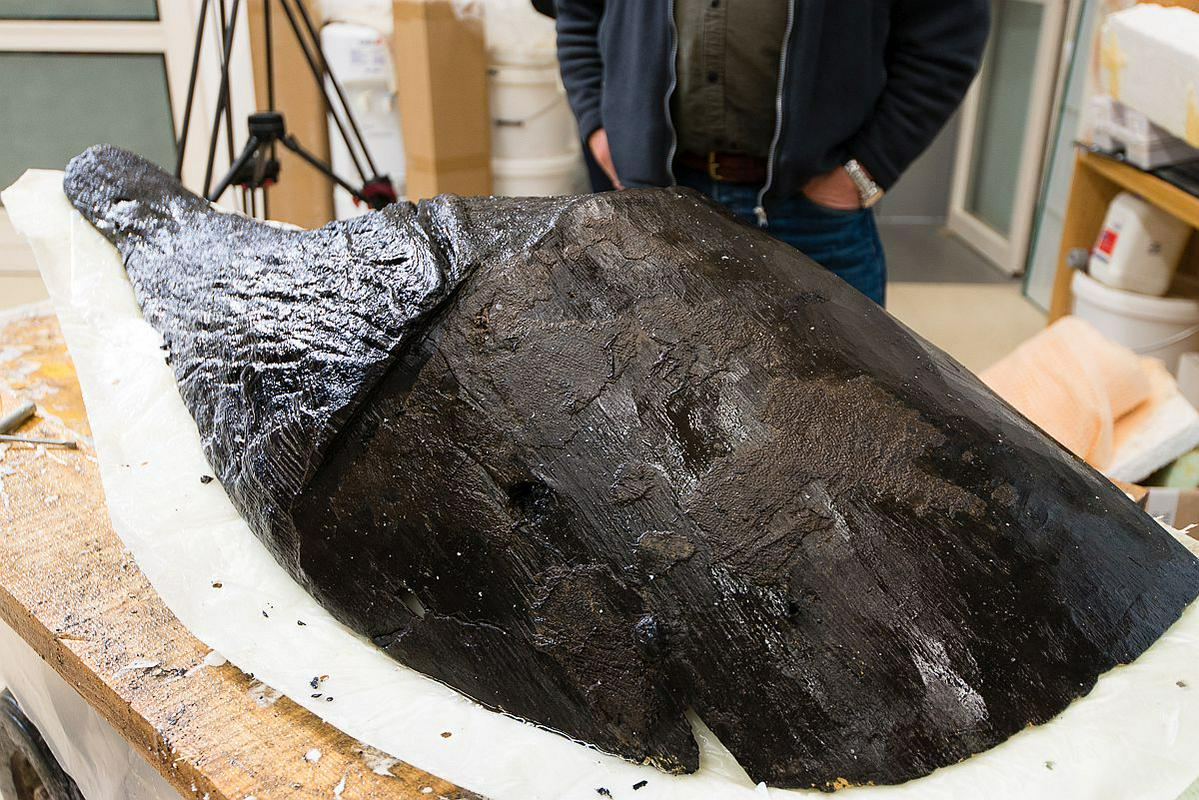

That is one of the goals of the new exhibition ground, which will be opened in May next year in Vrhnika. It will be a part of the Ljubljanica River Experience project, led by the Municipality of Vrhnika in cooperation with the Museum and Galleries of Ljubljana and the Biotechnical faculty. The project is partly financed by the Financial Mechanism EGP 2009-2014. The exhibition ground will be located in the premises of the former sewing house “Industrija usnja” in Vrhnika. It will spread on an area of around one thousand square meters on two floors. With the help of important archeological discoveries and other exhibits, it will walk visitors through the history of Vrhnika and its surroundings, from the prehistoric period until today.
A dugout and the oldest wheel with an axle
In focus will be exhibits from wet wood, especially the most important discoveries of the last decades - the recently pulled out ancient dugout canoe, which according to its size surpasses most other similar discoveries in the world. According to archeologist Andrej Gaspari PhD, it might be one of the five longest dugouts from Roman times, ever discovered in Europe. There will also be one more discovery telling about the period of pile dwellers - the oldest wheel with an axle in the world. However, showcased will only be a copy of the famous wheel from the Ljubljana Marshes, as the original is too sensitive and not suitable for long exhibitions. Most of the other exhibits will of course be originals.
The valuables from Potočnik’s collection
Once it is fully conserved, in the centre of all the attention will be the dugout canoe. It will be placed in a special chamber with its own microclimate. Behind the dugout there will be exhibits from Potočnik’s collection, which will be showcased on a monumental illuminated glass wall. The collection was secured for showcasing to the public by the Ljubljana City Museum through an abolition process. Archeologist Irena Šinkovec, the museum’s senior curator and head of the project, explains that their wish is to showcase all that has been found in the Ljubljanica River and the Ljubljana Marshes, and show how important it is to provide proper care for the findings. "We wish to raise the awareness of the public to act responsibly when they are in that area". She also reminds of the problems of illegal diving and the alienation of objects, taken away from the location, sold abroad, and therefore lost forever.


































































